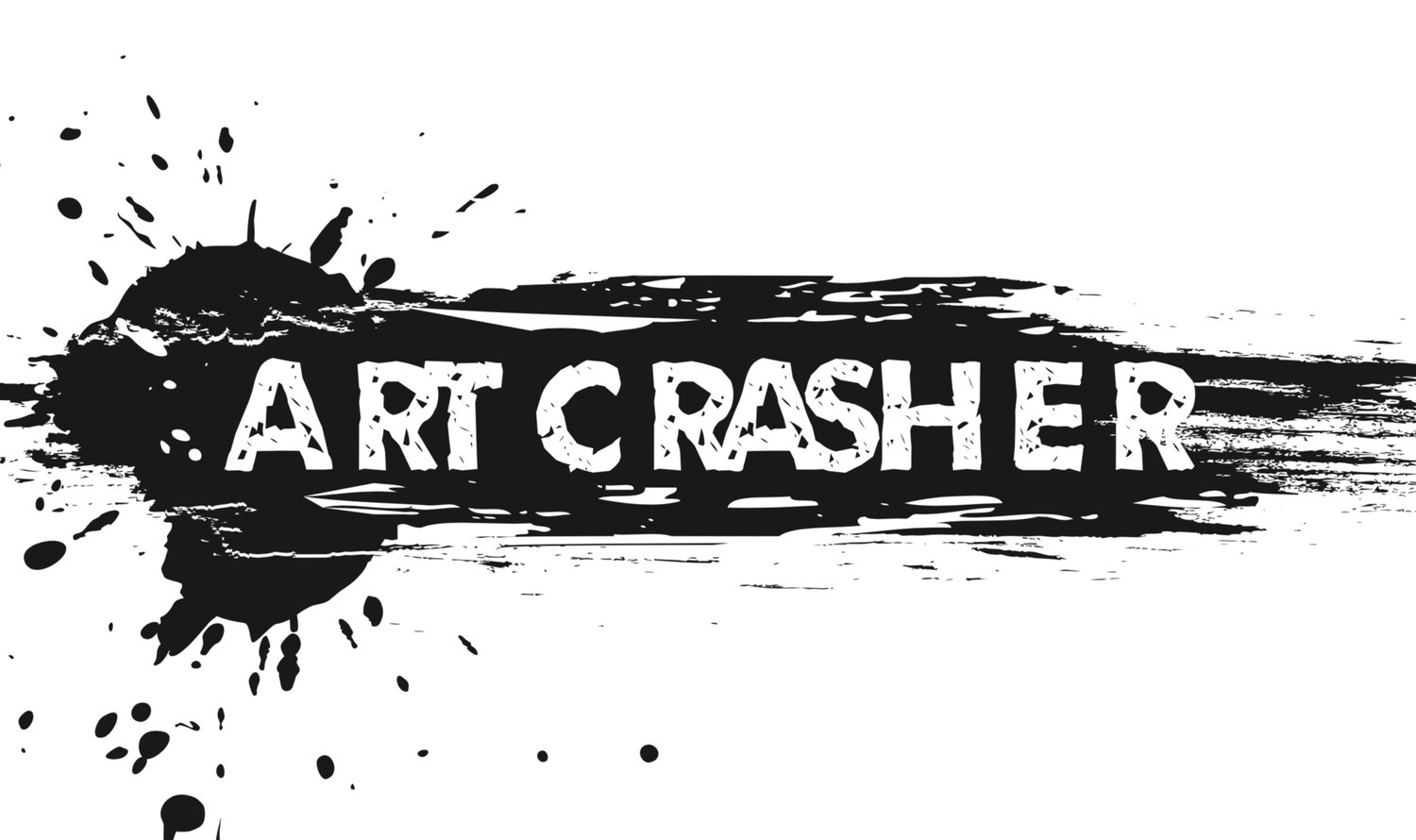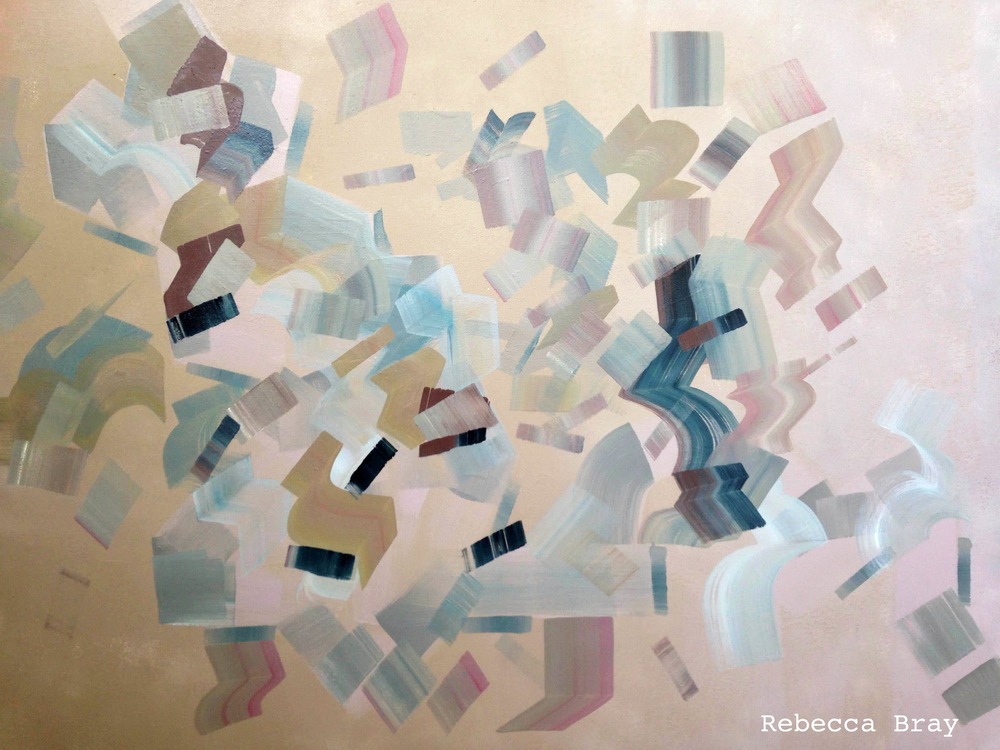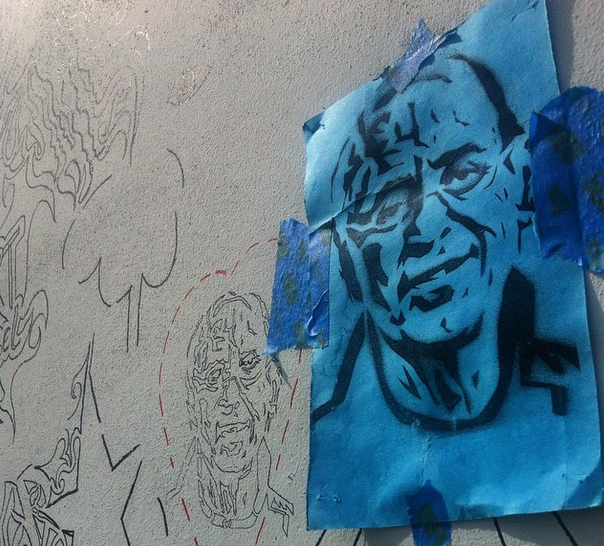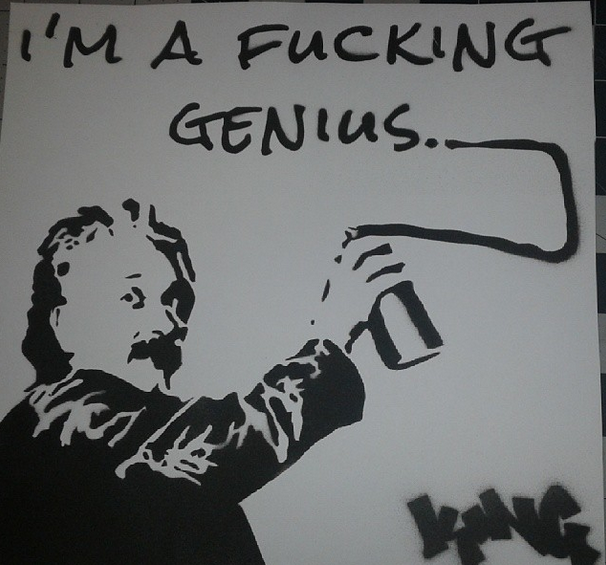When Belgian illustrator Raphael Vicenzi was coming up with an artitsic pseudonym, he returned to a childhood photo for inspiration. "It originates from this picture of me sitting on a pony when I was a very young child. I was making a face because I was so terribly scared of this huge white beast.I realized that the pony was most certainly dead and that one day I would be gone as well, hence the name.That kinda put everything in perspective at that time; Life, death, what's going on in between and after." With that, Mydeadpony was born.
Mydeadpony had been a work in progress over the course of many decades. As a child he was always doing "something creative [but] I was never encouraged by my family to pursue an artistic career. I [think] it's all a matter of opportunities that come your way at a certain point in your life."
Illustration and graphic design may be staples of his work now, but when Vicenzi found himself in an office during in his late twenties, these art mediums seemed intimidating. "I didn't know anything about graphic design or illustration. Web design quickly became too complicated for me."
Over time he began to see the computer as a friend rather than foe; A tool to create art. "I was aching to make something creative, not just live through life without doing something worthwhile. I struggled a lot. I doubted a lot. I gave up a lot, but I always kept coming back to it in the end".
Mydeadpony's artistic style is as layered as the influences that drive him to create. His work is a cocktail of fashion illustration,collage and graphic."It's all photoshop,scanned pictures,scanned textures,gradients,layer masks and so on.I managed to make them fit together in my works. It is a perpetual moving process where I aim to find ways to combine them in a very personal manner."
The special ingredient that sews his work together is the boundless amount of inspiration that swarms him throughout everyday life."I always say that my works are influenced by my life in general because I usually come up with an idea based on a mood, something I saw,heard,thought or read.Sometimes,I want to capture a fleeting thought or feeling.I often see some colors or shape,a face,some shadows and I am just trying to grasp it before it goes away." The main pillar of his work isn't bold colors or striking imagery, but the depiction of strong women. When asked about this, he pauses."My wife is bad ass. She can break a door with her stare.I am sure she comes from the same island as wonder woman but she will never admit it."











































































































